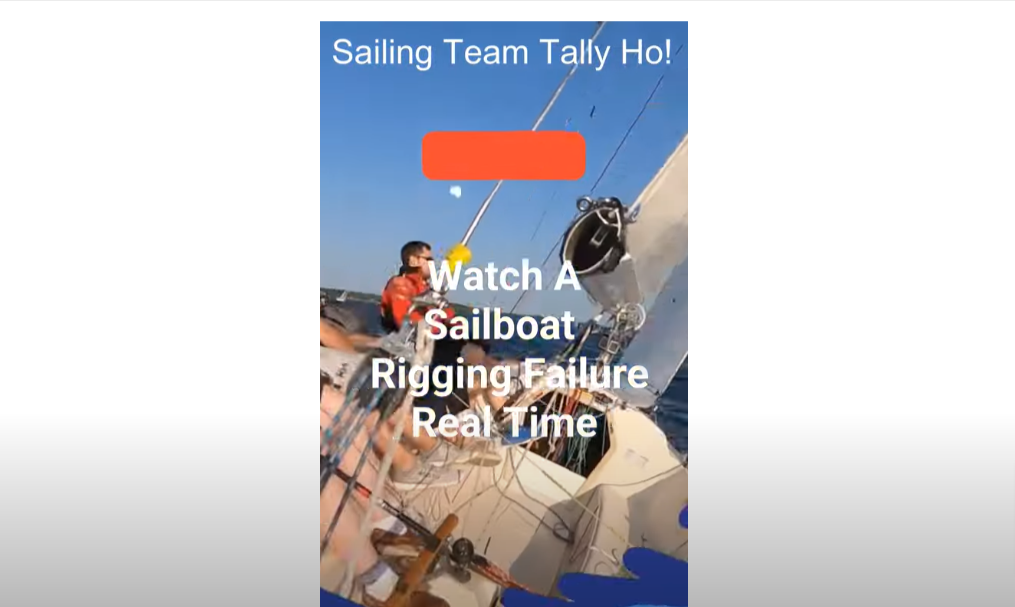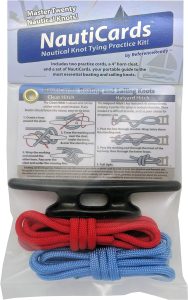Have you ever found yourself wondering how long the running rigging on your boat will last? This is a question that often perplexes both seasoned sailors and newcomers to the world of marine navigation. Running rigging is an essential component of any sailing vessel, and understanding its lifespan is crucial for ensuring a safe and enjoyable experience on the water.
Understanding Running Rigging
Before diving into the longevity of running rigging, it’s important to understand what it entails. The term “running rigging” refers to all the lines and ropes used to control the sails and carry out maneuvers on a sailing vessel. This includes halyards, sheets, vang systems, and control lines. Each part plays a critical role in the operation of your boat, enabling you to adjust the sails for optimal propulsion.
The Components of Running Rigging
Running rigging is the dynamic counterpart to standing rigging, which consists of the fixed lines like shrouds and stays. Here’s a breakdown of the primary components:
- Halyards: These are lines used to hoist sails up and down. Made of synthetic materials like polyester or Dyneema, they require strength and resilience.
- Sheets: These control the angle of the sails relative to the wind. Depending on your boat’s rigging setup, you may have jib sheets, mainsheets, and more.
- Vang Systems: These control the tension on the boom, impacting how the mainsail behaves in varying wind conditions.
- Control Lines: A general term for any additional lines used to manage sails and rigging.
Understanding these components helps in assessing which parts of your running rigging may need attention or replacement over time.
Factors Affecting the Longevity of Running Rigging
The lifespan of running rigging is influenced by several factors, each playing a significant role in determining when it’s time for an upgrade.
Material Choice
The materials used in manufacturing running rigging are a primary determinant of longevity. Common materials include:
- Polyester: Known for its durability and UV resistance, polyester is a popular choice for many rigging applications.
- Dyneema: This high-strength synthetic fiber boasts superior durability but comes at a higher cost.
- Nylon: Although not typically preferred for halyards and sheets due to its stretch, nylon is sometimes used for other lines needing elasticity.
The choice of material impacts not only how long your rigging lasts but also how it performs under different conditions.
Usage Frequency
Another critical factor is how often and intensely you use your boat. A vessel used for occasional leisurely sails will experience less wear and tear compared to one actively engaged in racing or long-distance cruising. The more frequently the rigging is used, the faster it may wear out.
Exposure to Elements
Constant exposure to the elements, including UV rays, saltwater, and rain, significantly affects the longevity of running rigging. UV rays can weaken synthetic fibers over time, while salt deposits might cause abrasion and material degradation if not cleaned regularly.
Maintenance Practices
Regular maintenance is key to prolonging the life of your running rigging. This includes washing down lines with fresh water, inspecting for signs of wear, and replacing components as needed. A well-maintained rigging system can last substantially longer than one neglected and left to the elements.
Typical Lifespan of Running Rigging
So, how long can you expect your running rigging to last? This can vary widely depending on the factors mentioned above, but there are some general guidelines to consider.
Expected Lifespans by Usage
Below is a helpful guide to understanding how long running rigging might last based on your usage patterns:
| Usage Type | Estimated Lifespan |
|---|---|
| Occasional Leisure Use | 10 – 15 years |
| Regular Recreational Use | 7 – 10 years |
| Active Racing | 2 – 5 years |
| Long-Distance Cruising | 5 – 7 years |
It’s important to note that these are merely estimates; individual experiences may vary depending on the specific conditions faced by your rigging.
Signs Your Rigging Needs Replacement
Regardless of the predicted lifespan, you’ll need to rely on visual cues and performance changes to determine when your running rigging requires replacement. Some signs to watch out for include:
- Fraying or Wear: Check for signs of fraying or visible wear, particularly at high-stress points and near blocks and turning points.
- Loss of Flexibility: If the lines become stiff or brittle, it’s a sign the fibers have deteriorated.
- Poor Performance: Difficulty in hoisting sails and unexpected slippage are clear indicators something is amiss.
- Swelling or Mildew: Both can compromise the integrity of ropes, particularly if they’re stored while damp.
Maintaining Running Rigging
Proper maintenance can significantly extend the lifespan of your running rigging. Here are some best practices to keep in mind.
Regular Inspections
Make it a habit to regularly inspect your running rigging for any signs of wear and tear. Pay close attention to lines that pass through blocks and turning points, as these areas are particularly prone to abrasion.
Cleaning and Care
After sailing, rinse your rigging with fresh water to remove salt and other debris. Allow lines to dry thoroughly before storing, and consider using a UV-resistant protectant to shield them from the sun’s harsh rays.
Proper Storage
When your boat is not in use, consider removing the running rigging and storing it in a cool, dry place. This reduces UV exposure and the risk of damage from rodents or other environmental factors.
Timely Replacement
When signs of significant wear appear, resist the temptation to delay replacement. Investing in new rigging ensures the safety and performance of your vessel, preventing potential accidents and costly emergencies at sea.
Innovations and Advances in Running Rigging
Although the basics of running rigging have remained the same for centuries, technological advancements have improved materials and design, offering greater durability and performance.
High-Tech Materials
Innovations in synthetic fibers have led to the development of materials like Dyneema and Spectra, which offer superior strength and reduced weight compared to traditional polyester. These materials are particularly beneficial for racing applications, where weight and performance are crucial.
Coated and Water-Repellent Lines
Modern rigging often incorporates coatings that enhance water resistance and reduce friction. These coatings not only protect the fibers from premature wear but also ensure smoother performance, making your sailing experience more efficient and enjoyable.
Smart Rigging Systems
The future of running rigging may include smart systems that monitor the condition and tension of lines in real-time, providing alerts when maintenance or replacement is needed. This technology could revolutionize maintenance practices, offering increased safety and extending the life of your equipment.
Conclusion
Determining how long your running rigging will last involves considering various factors like materials, usage frequency, exposure to elements, and maintenance practices. Understanding these aspects and regularly inspecting and maintaining your rigging will ensure its longevity and reliability. By staying vigilant and embracing advancements in rigging technology, you can ensure your vessel is always seaworthy, providing countless hours of sailing pleasure.





